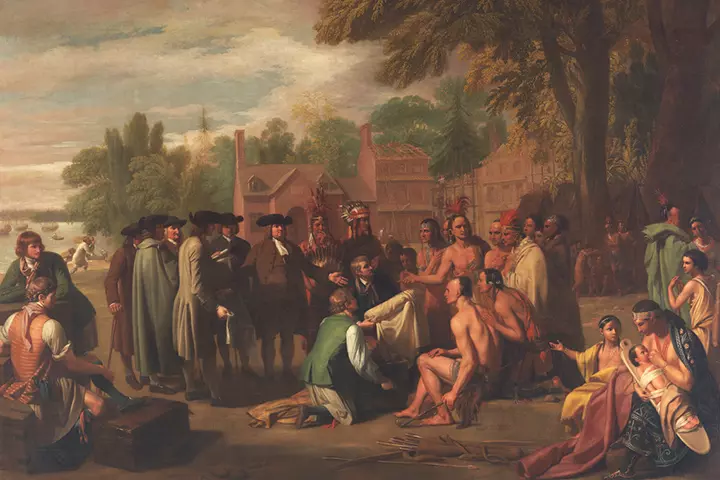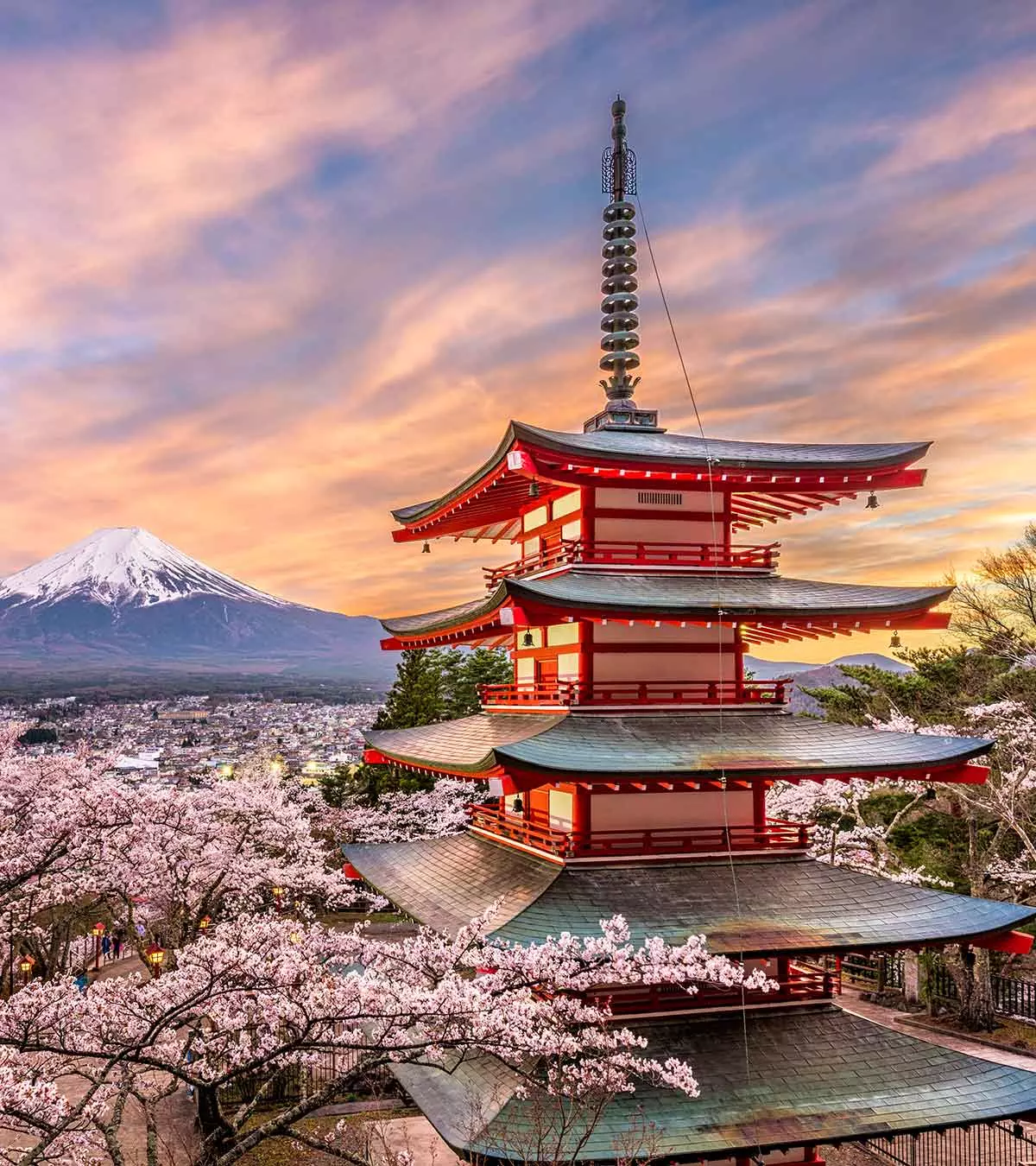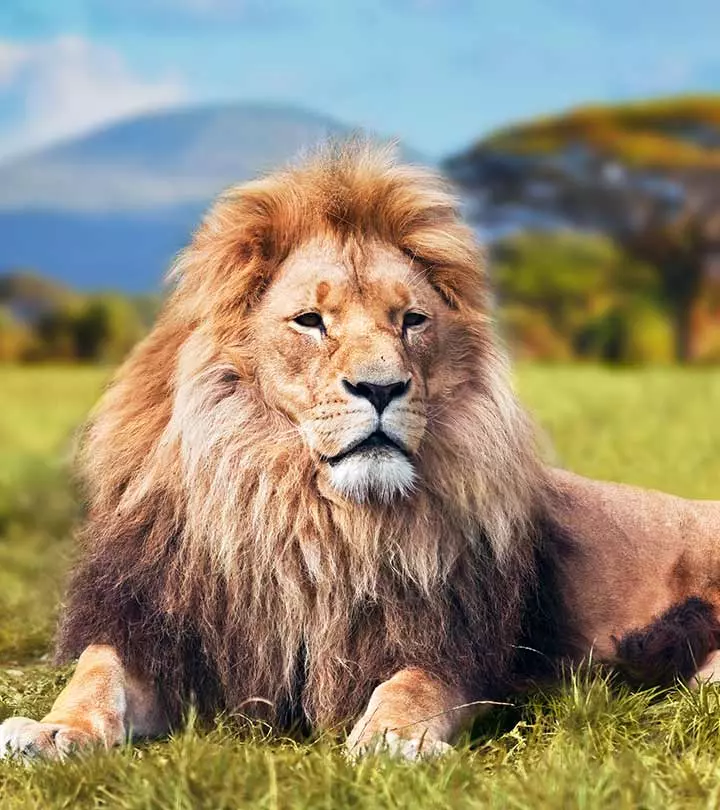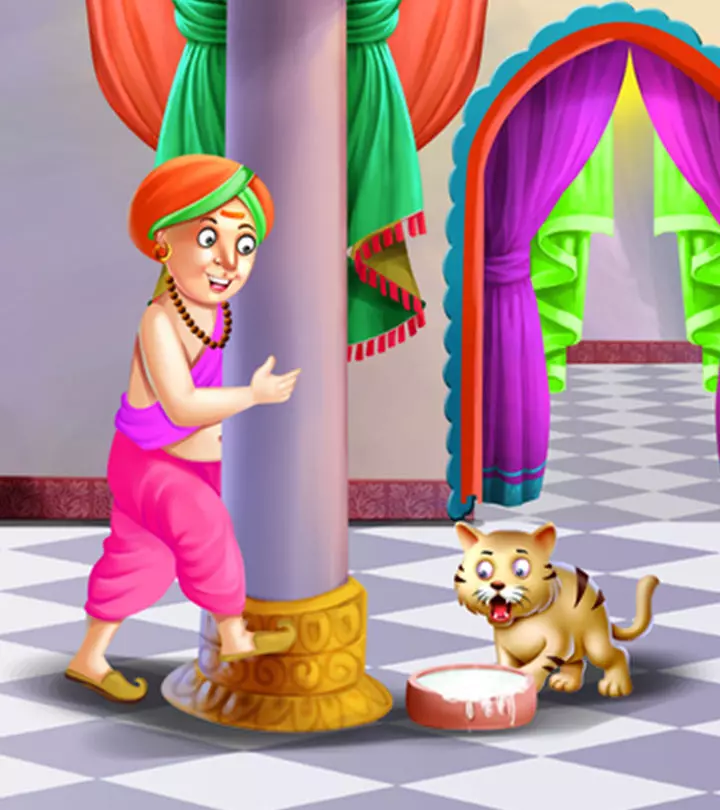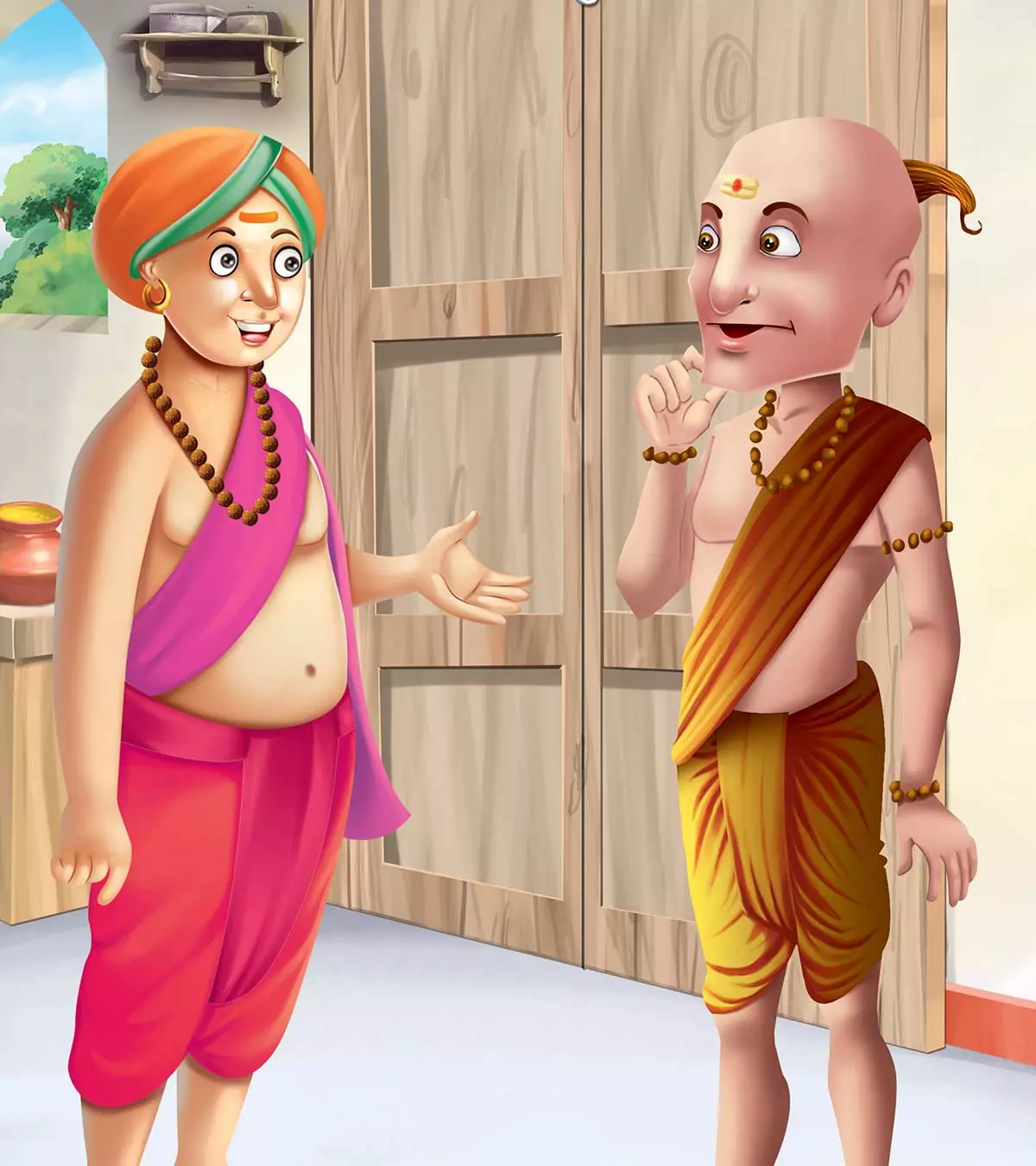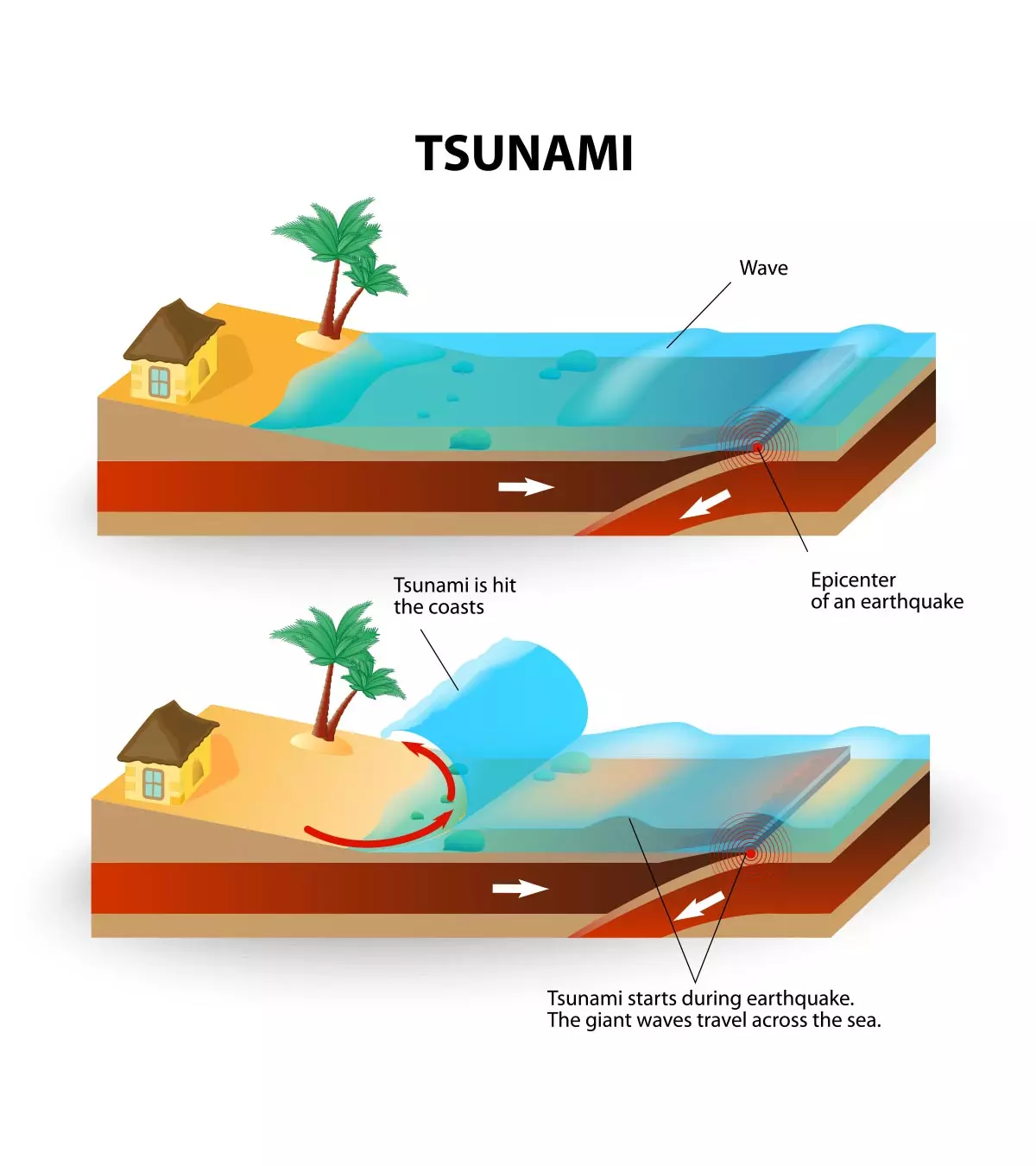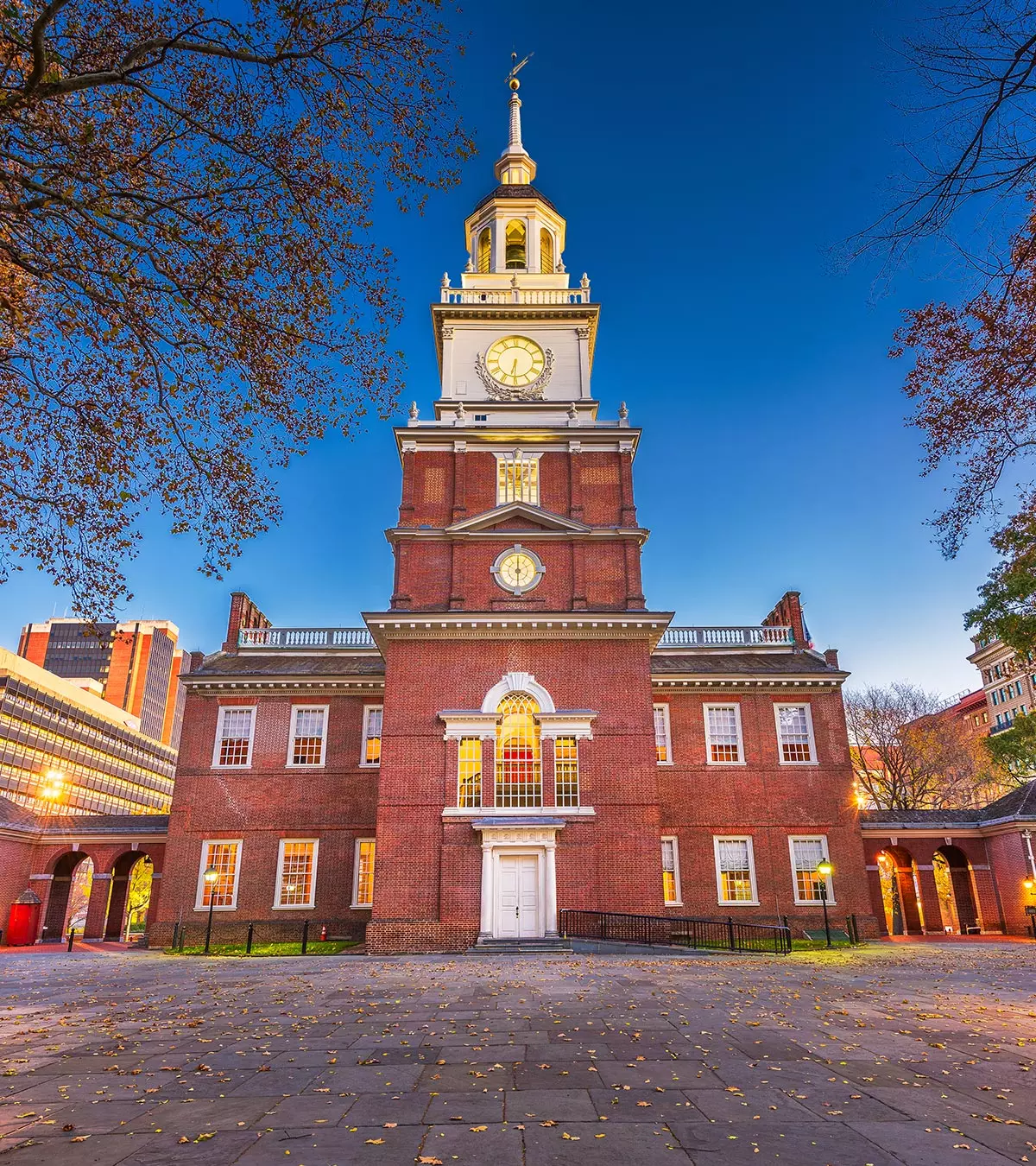
Image: Shutterstock

The state of Pennsylvania was transformed from privately owned land to a settled colony. The inhabitants of the colony have originated from various parts of the world. If you are looking for Pennsylvania colony facts for kids, your search ends here.
Here, in this post, we present the history and existence of the Pennsylvania colony. Keep reading to learn interesting facts about the Pennsylvania colony, the story of its unification into the US, and its diversity.
Key Pointers
- The name Pennsylvania is a combination of ‘Penn’ and ‘Sylvania.’ Sylvania is the Latin word for woods, while Penn is derived from the surname of Sir Willian Penn, who was the proprietor of the land.
- The Pennsylvania colony included prominent colonies such as New York, New Jersey, and Delaware.
- Pennsylvania colony did not maintain a military to save on extra expenditure.
Pennsylvania Colony Foundation And Name

Image: Shutterstock
- The Pennsylvania colony was initially called the Province of Pennsylvania by the British. It was among the 13 original English colonies of America.
- The Pennsylvania colony was among the ‘Middle Colonies’ of America, which included prominent colonies such as New York, New Jersey, and Delaware.
- Native Americans split control of the region before the arrival of Europeans. It is believed that at least five Native American tribes coexisted within the area of Pennsylvania.
 Things to know
Things to know- The Dutch arrived in the early 1600s to a region east of the Delaware River, which flows through the eastern border of the Pennsylvania colony. The Dutch settlements were part of a larger colony called New Netherlands.
- The Swedes arrived in the 1630s to the western shore of the Delaware River and formed the colony of New Sweden in 1638. Major parts of Pennsylvania lay within this New Sweden colony.
- In 1664, the Dutch conceded New Netherlands to the British, who renamed it to New York. The British-ruled New York now shared borders with the Pennsylvania region called New Sweden, with the Swedes at control.
- The British owned nearly all land to the east of New Sweden. It led to the inflow of British traders into New Sweden, which gradually led to the British occupation of Pennsylvania.
- Quakers, a sect of Christians, had begun making settlements in the land of Pennsylvania. Most Quakers had come from Wales, United Kingdom, and hence were called Welsh Quakers.
- By the late 1670s, the British exercised control of New Sweden. In 1681, King Charles II of England granted the land of Pennsylvania to a nobleman named William Penn, the son of the British Admiral, Sir William Penn. The king granted the land ‘west of New Jersey’ to repay a debt of £16,000, which he took from William Penn’s father.
- King Charles II signed a charter in England, which made William Penn the proprietor of the land. The king named the land Pennsylvania in honor of Sir William Penn. It is considered one of the largest land grant ever given in history.
- William Penn made his cousin William Markham the deputy governor of Pennsylvania and immediately sent him to America in 1681 to take control of the Pennsylvania colony.
- The name Pennsylvania is a combination of two words: ’Penn’ and ’Sylvania’. Sylvania is the Latin word for ‘woods’ or ‘forest’ while Penn comes from Sir William Penn’s surname. Therefore, Pennsylvania means ‘Penn’s Woods’ or ‘Penn’s Forest.’
- It is said that William Penn wanted to name the colony New Wales since the Penn family were Welsh, natives of a country called Wales in the United Kingdom.
- Another theory behind the name is that the ‘Penn’ in Pennsylvania does not come from Sir William Penn’s surname. Instead, Penn is a Welsh word for ‘high’ or ‘head,’ and hence the name Pennsylvania translates to ‘High Woodlands.’ The presence of a large Welsh Quaker community in the Pennsylvania colony may have led to a Welsh influence on the name.
- The Welsh word for head is Pen, close to the spelling of William’s surname, Penn. It is not known and highly debatable whether William Penn, who was also a Welsh Quaker, intentionally added the extra ‘n’ to incorporate his surname in the colony’s name naturally.
 Quick fact
Quick factPennsylvania Colony Economy
- The ship William Penn sailed in 1682 to reach America was called Welcome.
- Penn reached Pennsylvania in 1682 and immediately forged a peace treaty with the Lenape tribe of Native Americans, who were the original proprietors of the land. Penn bought the land from the Lenape despite having a proprietorship charter. The treaty allowed the land’s economic control by the colonists in peaceful coexistence with the native Americans.
- William Penn signed the treaty with the Lenape tribe chief Tammany under an elm tree. Penn named the area where they signed the treaty as Philadelphia, by combining two Greek words: ’Philos’ (love) ‘andadelphos’ (brother). The name translates to ‘City of Brotherly Love.’ Philadelphia emerged as the metropolis of the British colonies, serving as a hub for both intellectual and commercial activities.
- The Pennsylvanian government mostly constituted of Quakers and was influenced by their ideologies. The Quakers maintained an economy of low taxes and low public debt.
 Things to know
Things to know- Pennsylvania colony also boasted low inflation, allowing people to buy more for less money. This attracted more colonists, which in turn brought diversity in commerce.
- The colony did not maintain a military. It saved a significant expense, and the spared money could be used for the welfare of the colonists.
- By the year 1700, Pennsylvania was the third biggest and richest colony in the United States. The growth was rapid, considering it was only in eight years since the colony came into existence, 1682.
- Commodities traded by the colony included grains, animal fur, forest products, dairy, and iron ore. Agriculture was important too, with wheat, corn, hemp, rye, and flax being the important products. The Pennsylvania colony also exported iron products such as kettles, nails, and other tools to England.
- The colony’s government encouraged industries. Some of the prominent industries of the colony were in the textiles, shipbuilding, paper manufacturing, and printing sectors.
- The presence of several streams in the colony led to the sprouting up of hydroelectric-powered sawmills for cutting wood and grist mills for grinding grains.
- By the time of the American Revolutionary War in 1775, Pennsylvania was the most industrious colony in America.
Pennsylvania Colony Culture And People

Image: IStock
- The Quakers established a society of religious freedom. All colonists enjoyed the freedom of religion and worship.
- The Philadelphia colony was called the “Athens of America” during the colonial era due to its rich cultural diversity.
- Each American colony of its time had an official church, but William Penn decided against having one in Pennsylvania.
- The liberal religious policies of the colony attracted settlers from other colonies. William Penn also invited religious groups from Europe, especially those facing persecution, to settle in Pennsylvania.
- Religious groups and communities that made Pennsylvania their home were the Amish, Catholics, Protestants, Mennonites, Lutherans, Jews, Germans, Scots, Irish, and African Americans. Quakers remained the majority religious group with maximum influence on government decisions and policies. Most Amish and Old Order Mennonites, who are mainly of Swiss descent, speak Pennsylvania Dutch, a unique American language that evolved in rural parts of Pennsylvania in the 18th century.
- The Pennsylvania colony also had a population of Native Americans. The colonists had cordial relations with the Native American tribes and periodically traded with them.
- Pennsylvania colony refused to assist the New England group of colonies that were constantly at war and had constant skirmishes with the Native American tribes.
- Some notable persons from Pennsylvania were John Dickinson, one of the Founding Fathers of the United States, and Benjamin Franklin, who was a polymath (person with knowledge in many fields). It was in Philadelphia, Pennsylvania, that Benjamin Franklin conducted his famous kite-flying experiment. He flew a kite during a lightning storm to prove lightning is electricity. Benjamin Franklin (also known as Ben Franklin) was among the founders of the United States.
- In 1740, a group of prominent Pennsylvanians, including Benjamin Franklin, convened to set up an academy for learning and education. The College of Philadelphia was formed in 1755. Today, the institution is known as the University of Pennsylvania, which is among the prestigious Ivy League colleges of the United States.
Pennsylvania Colony and The United States

Image: Shutterstock
- There were only three counties in Pennsylvania: Philadelphia, Bucks, and Chester. By 1773, there were 11 counties.
- Philadelphia in Pennsylvania colony was the location for the First Continental Congress in 1774. It was a congregation of delegates from all the colonial states, convened to discuss a solution for the conflict between the American colonies and the British parliament.
- In 1775, Philadelphia hosted the Second Continental Congress.
- The Second Continental Congress signed the United States Declaration of Independence at Independence Hall in Philadelphia, Pennsylvania on 4th July 1776. This is considered to be one of the most important Independence Day facts for kids. The Liberty Bell, a famous symbol of freedom in the US, was created in 1752 for the Pennsylvania State House, which is presently called Independence Hall.
- The declaration of independence led to the American Revolutionary War. Valley Forge in Pennsylvania was a major camp for General George Washington and his army during the war.
- The American Revolutionary War between the Continental Army of the US and the British Army came to an end on 3rd September 1783. Pennsylvania officially became the second state of the United States of America on 12th December 1787. It marked the day when the state ratified the US Constitution and officially joined the union.
 Quick fact
Quick factPennsylvania Colony Wildlife
- Pennsylvania has a dense forest covered with red maple, eastern white pine, sycamore, and eastern hemlock. The wildflowers include wild bleeding heart, Penngift Crownvetch, black-eyed Susan, and wild bergamot.
- Pennsylvania has a rich wildlife consisting of a variety of animals and birds. Mammals like elk, red fox, black bear, and white-tailed deer tread the woods. The place is a home for birds such as peregrine falcons, red-headed woodpeckers, golden eagles, and reptiles such as eastern Massasauga rattlesnakes, eastern spiny softshell turtles, and northern coal skinks. Amphibians such as Allegheny Mountain dusky salamanders and Valley and Ridge salamanders are also the natural residents of Pennsylvania.
Frequently Asked Questions
1. What type of colony was Pennsylvania?
The Pennsylvania Colony was a royal colony found by William Penn on land granted in exchange for the debt of King Charles II of England.
2. Why was Pennsylvania Colony successful?
William Penn’s strict laws for maintaining peace with the American Indian Groups and the availability of fertile farmlands are believed to contribute to the success of the Pennsylvania Colony.
3. What jobs were common for Pennsylvania settlers?
Pennsylvania settlers had jobs like farming, weaving fabric, glassblowers, silversmiths, and brickmakers. These jobs were essential for the settlers to provide for themselves and their communities.
4. Why was the Pennsylvania Colony founded?
William Penn founded the Pennsylvania Colony to provide a place where Quakers could freely practice their religion and to create a successful colony based on fairness, acceptance of different beliefs, and democratic leadership.
5. What was life like in the Pennsylvania Colony?
In the Pennsylvania Colony, people lived together as a close-knit community and respected each other’s beliefs. They were successful in farming and had the freedom to govern themselves. They earned a living by making homes, wagons, tools, crates, benches, and bowls using wood, one of the Colony’s essential resources.
6. What was the role of women in the Pennsylvania Colony?
In the Pennsylvania Colony, women were responsible for taking care of their homes, raising children, and helping their husbands with their work. While women had some involvement in community activities, such as going to religious meetings, they had fewer opportunities to participate in public affairs compared with men.
7. What kind of schools were there in the Pennsylvania Colony?
Pennsylvania was one of the colonies that valued education. The first school in Pennsylvania, established in 1683, taught basic subjects like reading, writing, and account keeping. Quaker communities ensured elementary education was available to their children, while the Friends Public School in Philadelphia provided more advanced education. Private schools in Philadelphia taught languages, math, and science, and there were night schools for adults. Women were not left out, as private teachers offered instruction in subjects like French, music, and painting to the daughters of wealthy residents.
8. What was the official language spoken in the Pennsylvania Colony?
In the Pennsylvania Colony, most people spoke English because they were from England. However, since many different kinds of people lived there, some also spoke German, Polish, Scottish, French, or the languages of the Native American tribes present there.
Pennsylvania colony facts for kids are an excellent source for the little ones to gain more information regarding the place’s surrounding areas and historical side. It was a significant colony in colonial America and was an important center for the American Revolutionaries. The colony has people from different parts of the world, making it a multicultural and unique spot. Therefore, several places of historical significance, like the Independence Hall, continue to exist today even after years. And these add to the rich cultural history of today’s Pennsylvania state.
Infographic: Facts About The Pennsylvania Colony
Pennsylvania was formed by settling people from different races and religions with a rich history. It was a colony formed on privately owned land inhabited by Native Americans. The infographic below lists some fascinating facts about the Pennsylvania colony that will intrigue your child.
Some thing wrong with infographic shortcode. please verify shortcode syntaxIllustration: Interesting Facts About The Pennsylvania Colony For Kids

Image: Stable Diffusion/MomJunction Design Team
Explore the populous state, of Pennsylvania and learn about its culture, history, and touristy places.
References
- Battle History.
https://www.gettysburgpa.gov/history/slideshows/battle-history
Community Experiences
Join the conversation and become a part of our nurturing community! Share your stories, experiences, and insights to connect with fellow parents.
Read full bio of Theresa Bertuzzi
Read full bio of Sravani Rebbapragada
Read full bio of Harshita Makvana
Read full bio of Praggya Joshi

